All of us who enjoy a trip to the countryside or the mountains know that it recharges our batteries for the rest of the week, but it's important to keep in mind certain tips so that this healthy and enjoyable activity doesn't become a risk.
Hiking has become a simple and accessible activity, perhaps a bit too much so, which sometimes leads us to become overconfident. This overconfidence has led to an increase in rescues in the countryside and mountains of people who are lost or have suffered an accident in recent years. As an example, we can see a summary of news published in the media simply by doing a Google search, such as, for example, in this link from the Heraldo de Aragón https://www.heraldo.es/tags/temas/rescates_montana.html
It's important to know the environment we'll be traveling in. Know the mountain and its names according to altitude:
1.- Low mountains (generally up to 1,500 meters): In this type of mountainous environment we can still find small population centers that are accessible via good communication routes.
2.- Mid-mountain (generally between 1,500 and 2,500 meters): This is a mountainous environment where snow typically occurs from November to May, depending on the mountain range. You can find small buildings dedicated to grazing, but no rural areas.
3.- High mountains (generally at altitudes above 2,500 meters): These types of mountains typically feature glaciers and perpetual snow, which increases the difficulty of the climbs. There is usually less vegetation and wildlife, and there are no inhabited areas, except for the possible existence of mountain shelters or bivouac sites.
Assess the Types of Risks:
Subjective Risk (SR): This is highly predictable and therefore easily avoidable. It is usually neutralized or controlled with preventive measures before and during any activity.
Objective Risk (OR): less predictable and therefore with fewer measures to avoid it: landslides, storms, floods...
What risks and dangers can we face?
It's impossible to list all the risks we may face in an activity of this type, but we can list the most common problems in the mountains:
• Rockfall: This can occur year-round due to rain, frost, ground expansion, the passage of animals, etc. We ourselves could be the cause.
• Changing weather: At a certain altitude, the weather and atmospheric factors can change in a short period of time.
• Avalanches: In this case, we must take into account the height and inclination of the slope, the orientation relative to the sun, the topography, roughness, and vegetation of the terrain, all of which are factors that influence the possibility of avalanches.
• Dangerous animals: This will depend greatly on the area we are in, hence the importance of knowing the environment in which we will be moving.
• Rivers: having to wade through them is one of the main problems. We must be aware of the risks involved in crossing them.
• Altitude: The effects that altitude can have on us when we are above 3,500 m should not be underestimated.
Tips for safe activity.
The mountains are always a beautiful place, regardless of the season, but they are also isolated, hostile, and difficult to access. This makes prevention essential to minimize incidents that can turn into accidents.
Practicing mountain sports is risky, not only because of the objective dangers of the mountains—cold, heat, sun, storms, wind, fog, light, animals—but also because of the subjective dangers arising from the training and physical and health condition of the person practicing it. Therefore, preparation is essential.
We distinguish two fundamental parts within this preparation:
- Personal preparation
- Training
- Physical preparation
- Planning
- Material selection
Personal preparation is essential
One of our maxims is that #TrainingSavesLives.
1. Training. Having basic knowledge of the following aspects can make a difference when it comes to avoiding hazards and, in the event of an incident or accident, knowing how to resolve it in the best possible way. For us, it's crucial to have basic knowledge of:
- Survival
- Topography and orientation in the mountains
- First aid
2. Physical-Mental Preparation. Physical preparation must also be taken into account, considering its true importance when planning the activity, without losing sight of each individual's limitations. It's better to err on the side of caution if we're overly optimistic about our physical fitness. Regarding mental preparation, it's advisable to be psychologically prepared in case of an emergency, loss, or accident, so that we can respond in the best possible way.
Activity preparation:
Before starting an activity in the natural environment, we must always ask ourselves:
- Where to? (geographical location)
- Where? (low, medium, or high mountains)
- How? (Alone, in a group)
- When? (Spring, autumn, winter, summer)
- Where will we hold the activity? Number of participants. Group activities are not the same as individual activities. The regulations in force in each region regarding group activities must be taken into account.
- Plan the itinerary (passing places, alternatives, references, pickups, round-trip time).
- Weather forecast.
- Calling systems. Keep the notification systems for each area clear.
2- Select the appropriate material:
- According to the number of participants.
- Depending on the location and height of the activity.
- Season of the year.
- Duration of the activity.
- And always carry medical and emergency supplies.
It's not enough to know what you're doing, you have to know how to do it.
The risk is inversely proportional to your ignorance.
General advice, in case of loss:
Whenever possible, we will lose altitude (unless we are absolutely sure that the last point where we knew our position is higher).
The steepest line won't always be the best way to descend. We must pay attention to waterways, as they can lead us into ravines or trap us in vegetation labyrinths.
If we're forced to spend the night outdoors, we'll take proper shelter, but first, we should leave a visible sign in a clear area. Anything that can reflect the sun's rays is ideal for this purpose.
Under no circumstances should we stumble around, as this will hamper the rescue efforts. Staying in a sheltered location with visible signs in clear areas is best.
We must always be aware of reality and not be fooled by our minds, which will "make us see what we want to see" given the situation we find ourselves in, potentially confusing or deceiving us in our perception of what we see. A clear example would be thinking or believing we've already been to a place when we haven't.
The mountains are a hostile environment, and we must treat them as such. But they are also a wonderful place that will provide us with many physical and psychological benefits, if we do our activities wisely and, as we say in Galicia, with sense.

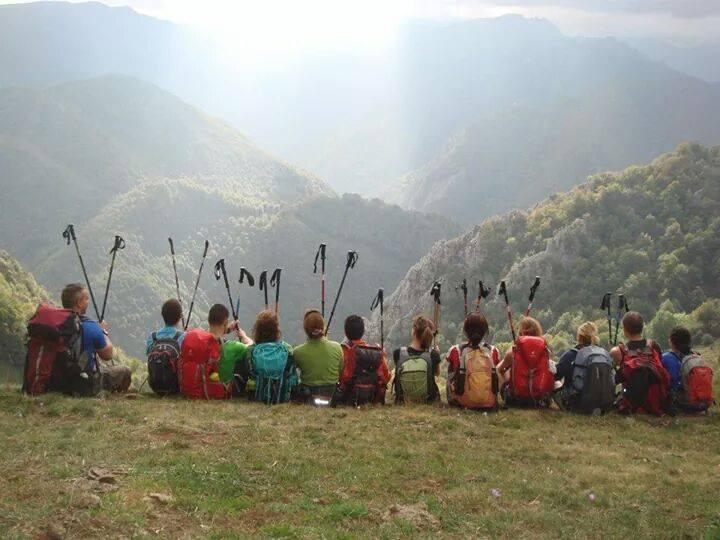
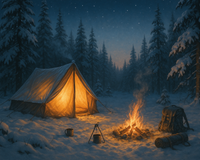
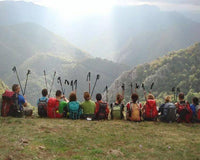
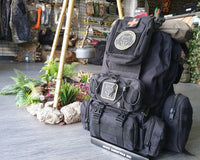
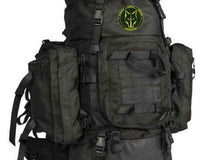

1 comment
María Taibo Fafian
Muy bien redactado e interesante